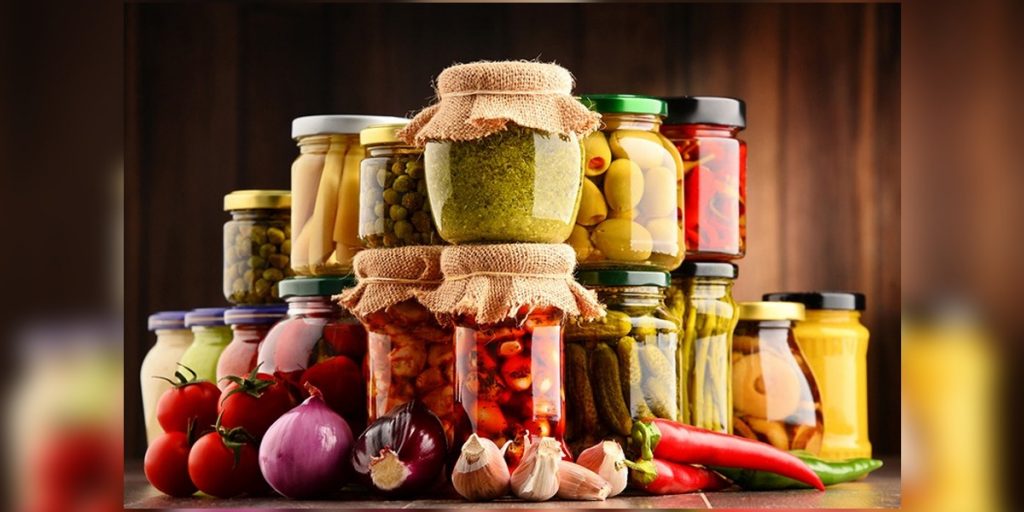What is a Food Blog?
A food blog is a site that features food-related articles and content. It can be run independently or by a group of creators. Food bloggers focus their content on a variety of topics such as original recipes, reviews of restaurants, and tips for healthy eating. You only need a reliable hosting service or blog platform to start your food blog.
Top best Food Blogs
These are the top food blogs:
- Local A food blog that focuses on a particular area provides reviews of local restaurants and recipes for delicious food. A New Orleans-based blog could include posts about the best local food or recipes for specialties such as gumbo, jambalaya or po’boy sandwiches or grill oysters.
- Recipe blogs – This type of blog offers original recipes created by food bloggers. These posts usually include recipe lists and step-by-step instructions to make specific dishes. Bottled and Jarred Packaged Goods is to keep safe your food.
- Cuisine-specific A blog that focuses exclusively on food from one region or country is called Cuisine-specific . A Caribbean cuisine blog might include recipes for jerk seasoning and rice and peas, callaloo or even rum punch.
- Health food tips A health food blog might offer healthy recipes, meal planning advice, nutritional tips, and nutrition tips. It may also focus on special diets like paleo, keto or gluten-free. A healthy food blog may teach readers about nutrition as well as healthy ingredients.
How to start a food blog
This step-by-step guide will help both novice and seasoned food writers start a blog.
Identify your topic.
Choose the type of Powerline blog that best suits your interests. Are you looking to create your own recipes, or try out local restaurants? Next, choose a topic for your blog such as soul food recipes or baked goods.
Create a blog name.
An attention-grabbing name is the first step to launching a great new blog about food. Select a catchy name that is consistent with your brand and then choose a complementary domain. In the unlikely event you are unable to secure the desired domain handle, make a list.
Create a website.
You can host your blog on reliable web hosting platforms, which are often user-friendly and completely free. Many hosting companies offer free templates and themes for your user interface. Hosting companies may offer a free domain when you host your website on their servers. You can also purchase premium themes and fonts or plugins to enhance functionality and appearance. Make sure you have an “about me” page so new visitors can get to know your company.
Create blog content.
After you have created your website, it is time to start creating quality content. Your posts should be dedicated to recipes, reviews of restaurants or research on healthy ingredients. If you are creating new recipes, enhance your posts with original photography. To help new readers find your site, tailor your headlines and posts with high-volume search engine optimization keywords. Learn how to photograph food and some useful tips. Do checkout blog content of Digital Princess website.
Promote your blog.
To reach your target audience, use social posts, email marketing and share buttons. You can promote your posts on social media apps and platforms to increase your content’s visibility. Share buttons allow readers to share your articles to their friends and followers. To keep your subscribers informed, create an email list.
Make your food blog a monetizing platform.
You may be able to make passive income from your blog as your audience grows. Brand sponsorships, affiliate market (in this case bloggers use in-copy linking for third-party retailers’ products and take a percentage of the revenue), as well as website ads are common monetization options.
Recommended Themes for Your Food Blog
Once you have WordPress up and running, you’ll be ready to start customizing your site and publishing content but, before you get started, you’ll want to improve its user experience and give it a distinct look and feel by choosing the perfect theme. There are literally thousands available, including a number of premium themes.
Recommended Plugins for Your Food Blog
Plugins can enhance the functionality of your blog in a multitude of ways. While there are some plugins that every blog should have, such as WordPress SEO, XML Sitemaps and W3 Total Cache, there are a few others that are particularly well-suited to food blogs:
1.WP Ultimate Recipe
2.Pinterest Pin It Button for Images
3.Nextgen Gallery
4.Unit Converter
Promoting Your Blog
Starting your food blog is only the first part of the battle. You’ll have to focus on providing regular quality content to your readers as well as publicizing your blog. Becoming a master of the visual social media sites, such as Instagram and Pinterest, is particularly important at this point, and you’ll need to maintain an active presence on both of them to give yourself the best chance of success.
Read Interesting Articles and blogs on Daixie Wang.
FAQs
1.What are the most successful food blogs?
- Brooke Bass | Chocolate + Marrow.
- Deb Perelman | Smitten Kitchen.
- Erin Neil | Spoontang Kitchen.
- Erika Council | Southern Soufflé
- Jessie Snyder | Faring Well.
- Jodi Moreno | What’s Cooking Good Looking.
- Lindsay & Bjork Ostrom | Pinch of Yum.
- Molly Yeh | my name is yeh.
2.How do you write a good comment on food?
- Tastes great! Eating something delicious right now?
- Really good! Here’s something else you could say instead of delicious.
- Wow, [this food] is amazing! If something tastes better than you expected, you could use the word wow to express your surprise.
- Yummy.
- Flavourful.
- Mouth-watering.
3.How do I start a food blog for free?
- Choose your food blog niche.
- Pick a catchy name for your blog.
- Get your food blog online (web hosting)
- Design your food blog with free tools and templates.
- Create the main pages of your food blog.
- Plan your food blog content strategy and positioning.
4.What makes a good blog?
Most people can generally agree that a good blog is one that provides regular, relevant content. It can be informative, newsworthy, and/or entertaining, as long as it somehow enriches readers’ lives.





More Stories
Why Is The Cake Getting So Much Attention From The Audience On Festive Days?